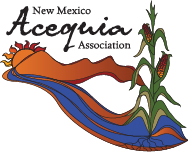My Year as a Sembrador: Reflections from Claudia Vialpando
We are happy to share a final reflection piece written by our 2023 Los Sembradores Farmer Training program graduate, Claudia Vialpando. This was her first year in agriculture, and she was very enthusiastic about how to create a small business … Continued







